Orion Technologies proudly presents its first CLPS Lunar Lander, ”Theseus”, after the Greek hero. Phoenix OT-1 will pave the way for deep space human and robotic exploration for the future, opening that final frontier.
MISSION OVERVIEW
Phoenix OT-1 is a pretty strait-forward mission: launch, get to the Moon, land on the Moon. Okay, not really. After months of intelligent planning, NASA, our main source of funding, has asked that for OT-1, we send Theseus to Haworth Crater Ridge, in the South Pole-Aiken Basin of the Moon. Haworth Crater Ridge was chosen because of its proximity to the South Pole and its relatively diverse regolith. This is important because many of the payloads that Theseus carries are lunar regolith instruments, observing and inspecting the dust and soil so that we can better understand it, how to use it, and how to mitigate it. Officially, Theseus’ mission is a lunar geological exploration mission.

Payload Manifest
Phoenix OT-1 Theseus will carry 8 different payloads to the Moon, including 6 NASA lunar dust science payloads. The other payloads were provided by CalTech and internally by us. Here is the payload manifest for Phoenix OT-1, and please forgive me for my horrible acronyms:
Lunar Surface Plasma Spectrometer (LSPS):
This spectrometer will analyze the interaction of solar wind with the lunar regolith, identifying elemental and mineral compositions.
Lunar Dust Electrostatic Properties Analyzer (LDEPA):
This payload will measure the electrostatic properties of lunar dust, which is essential for understanding dust behavior and developing technologies to mitigate its impact on equipment.
Lunar Regolith Thermal Conductivity Imager (LRTCI):
This Infrared imager will measure the thermal conductivity of the lunar regolith, helping scientists better understand its heat retention and transfer properties.
Lunar Soil X-Ray Spectrometer (LUSXS):
A NASA-built X-Ray spectrometer for analysis of the underlying lunar soil, also utilizing a nitrogen puff-jet to remove the top layer of dust.
Lunar Dust Mitigation Prototype (LDMP):
A test of dust mitigation technologies, including electrostatic and mechanical systems, designed to reduce dust accumulation on landers, rovers, and instruments.
Fox Moon Rovers:
Nicknamed “Roz” and “Fink”, this is a pair of our in-house developed Lunar Surface Exploration Vehicles, testing technology for our future in space.
Magnetic Field and Dust Interaction Experiment (MFDIE):
An identical pair of experiments on the Fox Rovers for detection lunar magnetic field and its interaction with the soil.
Experiment for Observing Plume Interaction With Lunar Regolith (EOPILR):
This CalTech-developed experiment will deploy four 180-degree cameras to capture the interaction between the Phoenix lander’s plume and the lunar regolith during the descent and landing.
MISSION TIMELINE
After a launch at 10:02AM UTC Wednesday from Orion Spaceport Pad 14, onboard our Eagle 5 launch vehicle, Phoenix will enter orbit around Earth. After the second stage of Eagle 5 boosts Theseus into a TLI trajectory, the lander will separate from the second stage and preform many course adjustments during its journey to the Moon. Approximately 7 days into the mission, Theseus will preform the Lunar Orbit Insertion Burn, placing it into a 30km x 30km polar lunar orbit. After a day’s worth of payload and instrument checkouts, Theseus will light its engine once more, the de-orbit burn. PDI will occur soon after, allowing Theseus to descend to Haworth Crater Ridge. With the Quasar Engine continuously burning to slow the lander, Theseus will slow to nearly 0 m/s by the time it arrives at the lunar surface. At 15m aboard the surface, the EOPLIR payloads will separate, and observe Theseus as it lands the third-person. Theseus will touch down autonomously, shutting down its engine and sending the first pictures back to Earth via our Neuron Deep Space constellation in Polar Low Lunar Orbit. Roughly a day later, the Fox Rovers will be deployed, and begin their mission. After about 10 ads of surface operation, the lunar sun will set and the solar-powered Theseus will rely on batteries for thee remainder of its mission. Theseus will shut down after about 15 hours after sunset, once its batteries are depleted.
Phoenix OT-1 Theseus Launch
Phoenix OT-1 lifted off at 10:02AM UTC Wednesday, April 2 from Orion Spaceport Pad 14 onboard a Eagle 5 launch vehicle. I was there at 2 in the morning, deprived of sleep, to watch my company’s lander take off, and it was worth it! The rocket shot up into the starry sky, carrying year’s worth of dedication, innovation, and hard work. After a successful booster landing on the drone ship (B389’s 4th time), and a nominal TLI Burn by the second stage, we all got to see the spectacular view of Theseus separating from Eagle 5, with a well-lit Earth on the background. Over the next 8 days, Theseus will preform autonomous course corrections and data transmissions. In the coming days we’ll be getting some really good pictures back from Theseus. We are currently targeting April 10 as the landing date for Theseus, our first lunar landing. Stay tuned for mission updates!
INSTRUCTIONS
The AGs are pretty self explanatory, head to my post Phoenix Lunar Lander for a more detailed instruction.
Easter Eggs
Yep, I put more little fun allusions on Phoenix, see if you can find them all.
ACKNOWLEDGEMENTS
Credit @TheQIQi’s JNO Toolset for every logo

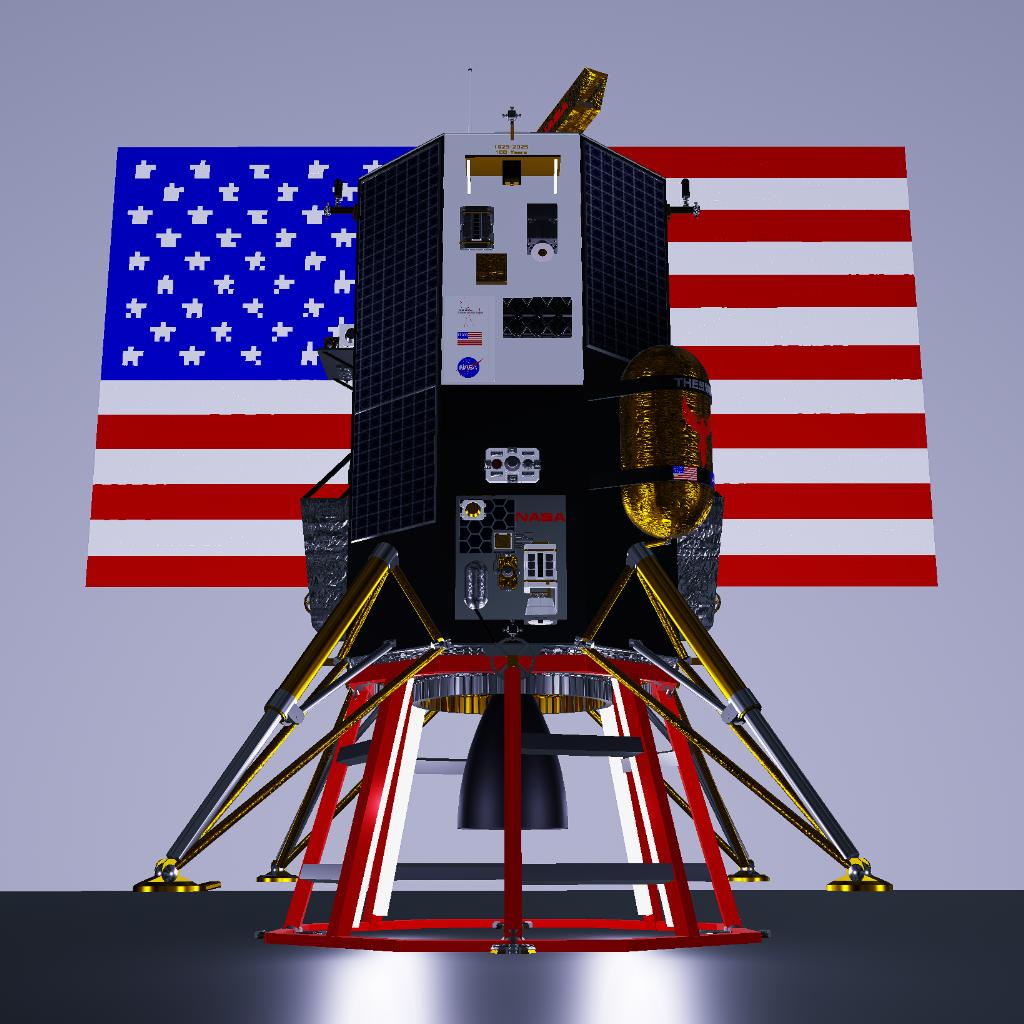
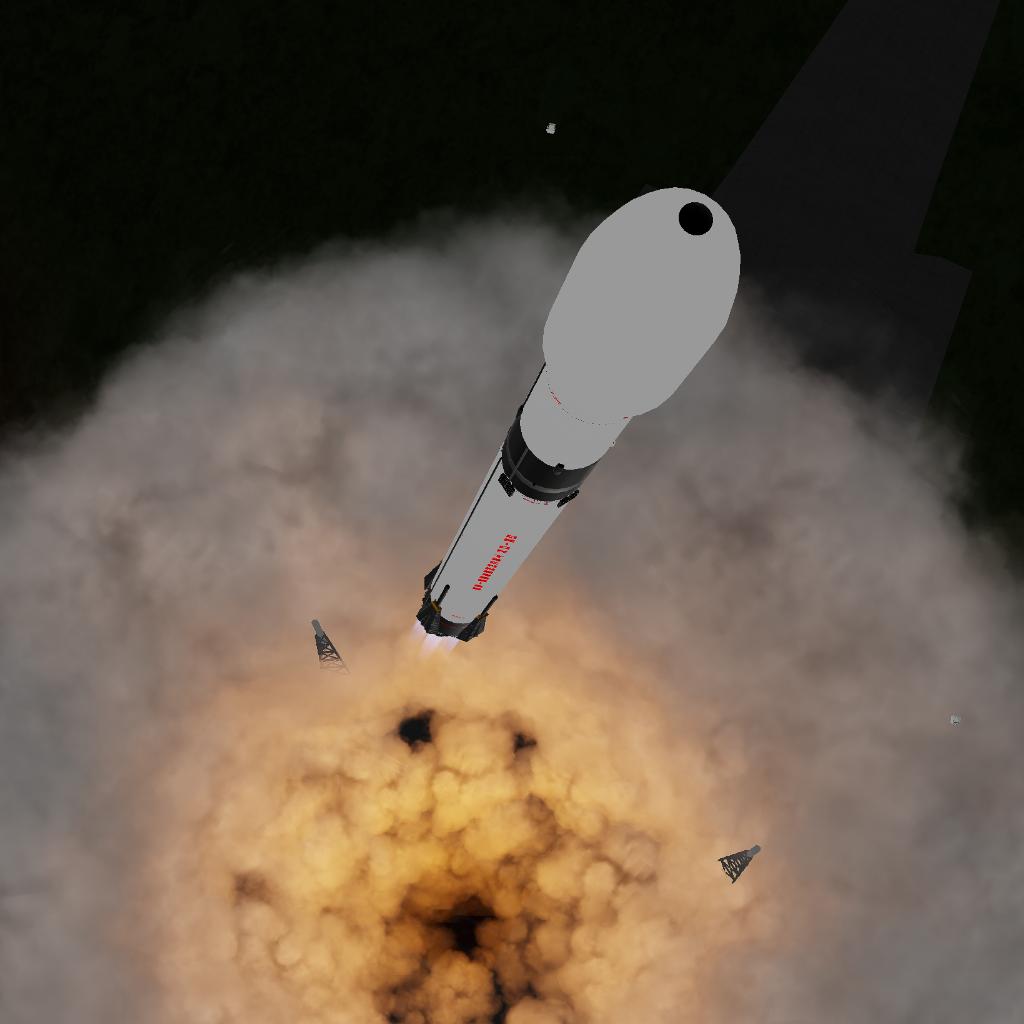
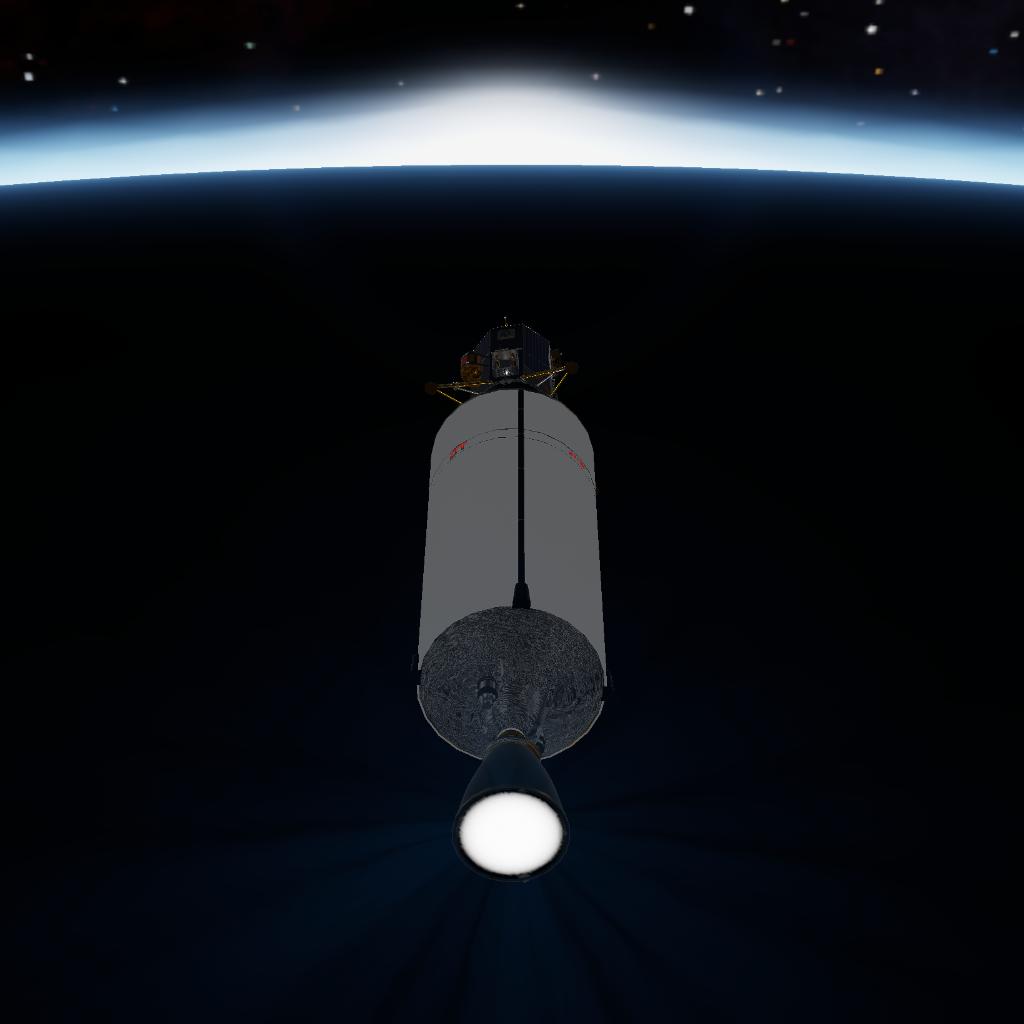
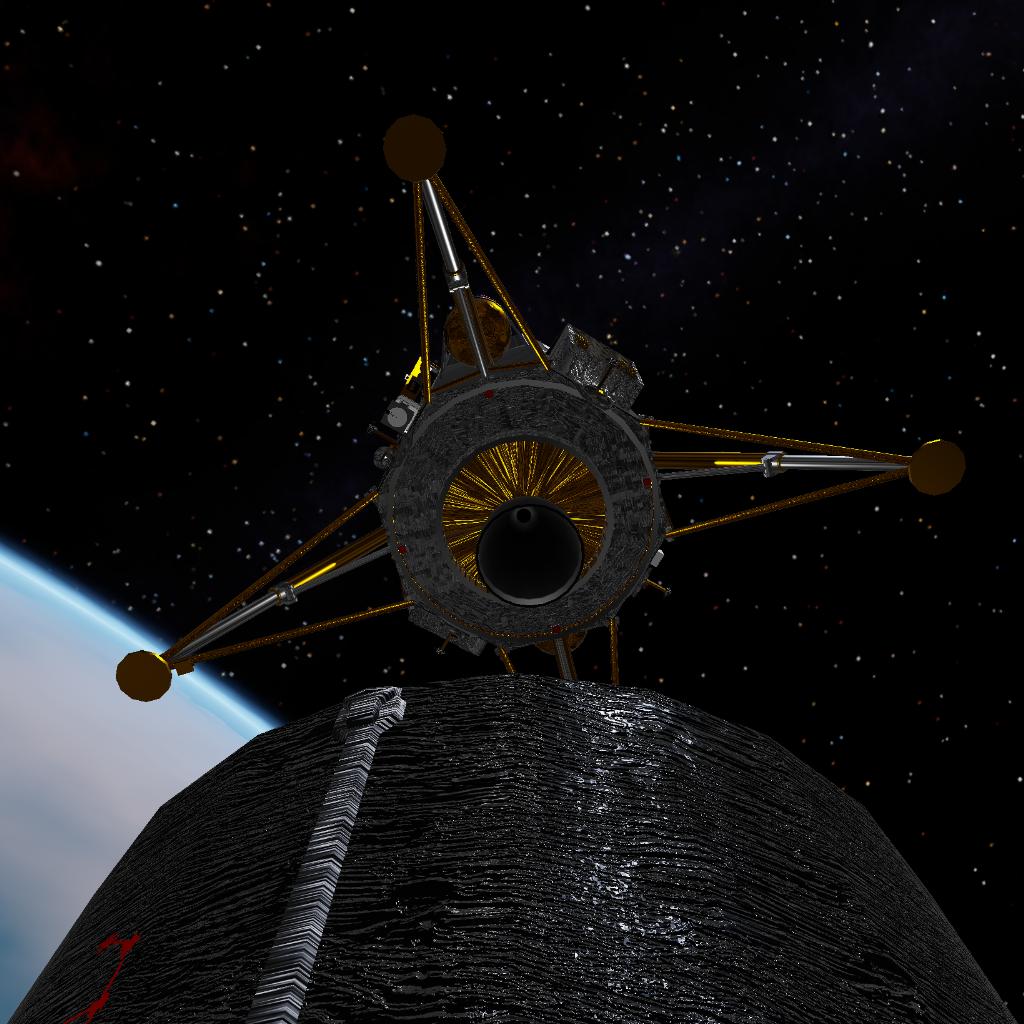
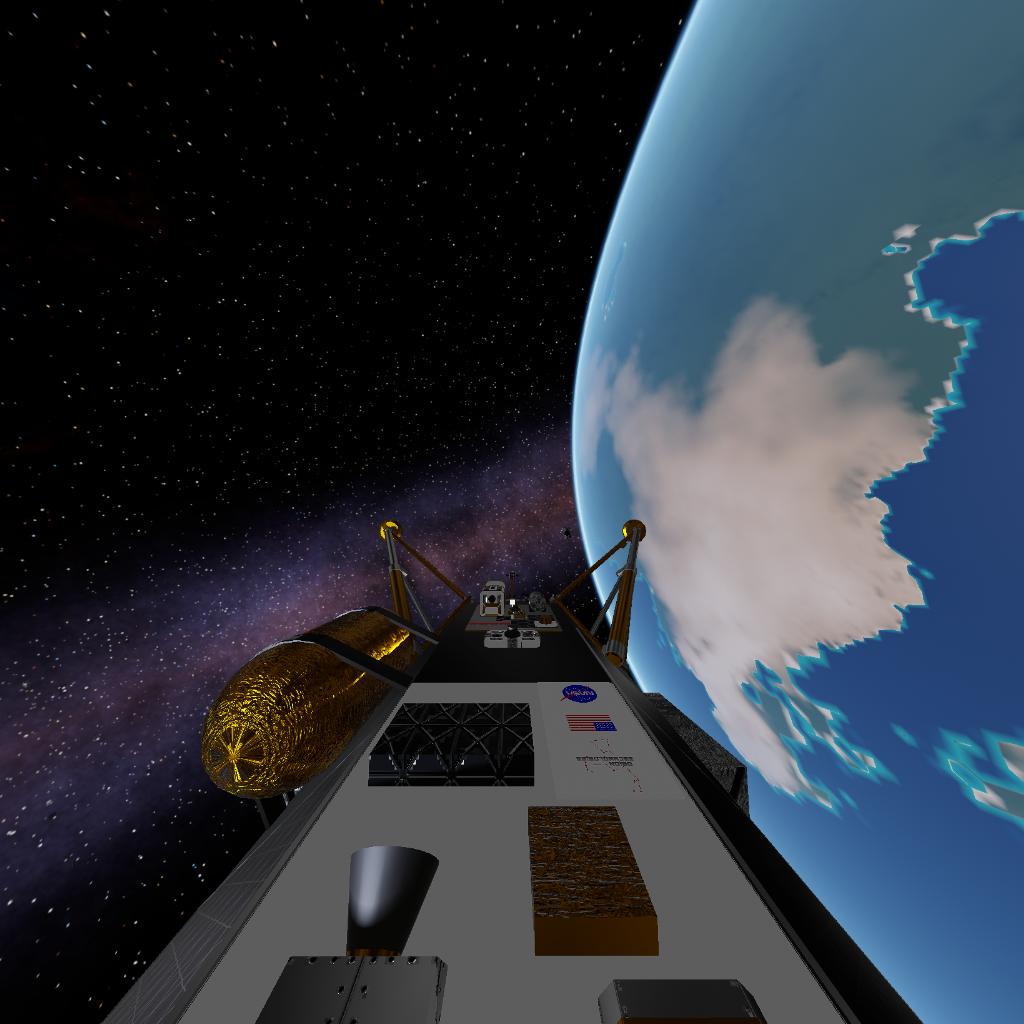
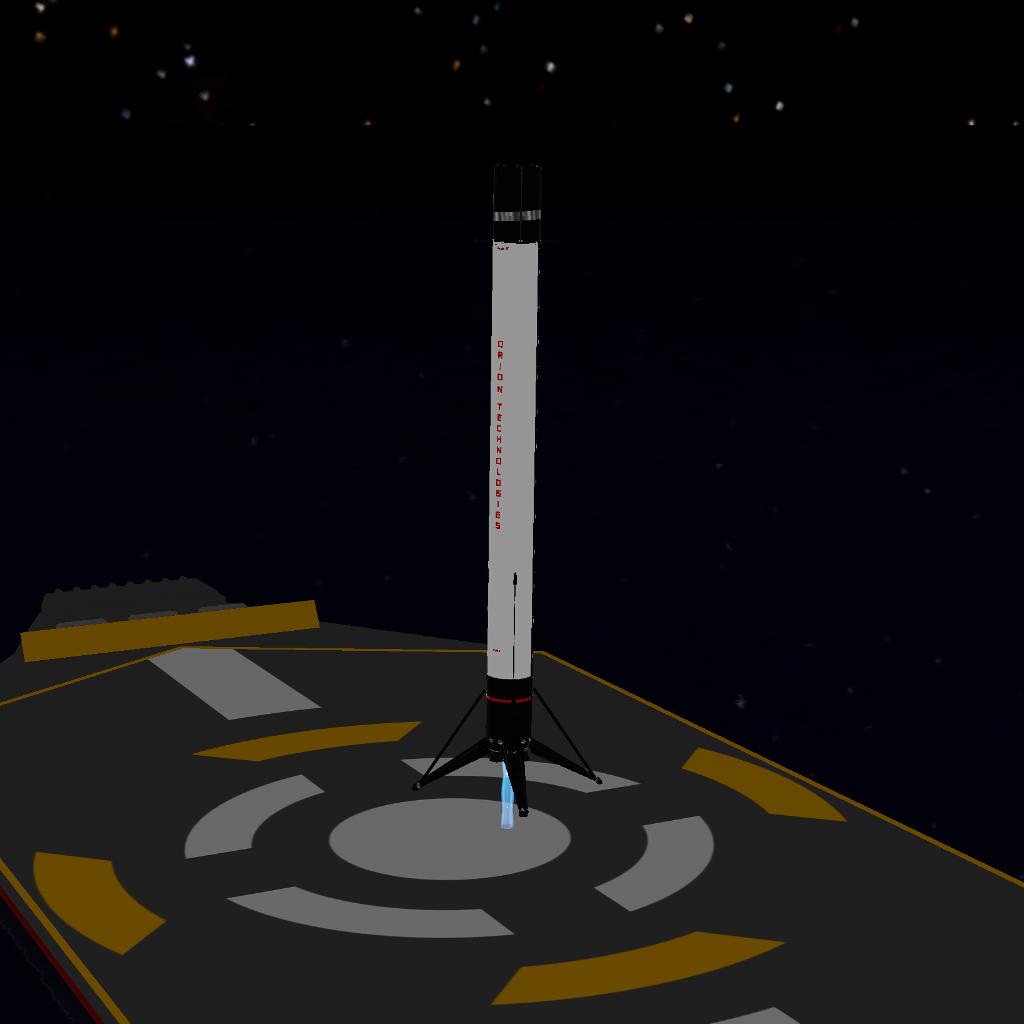
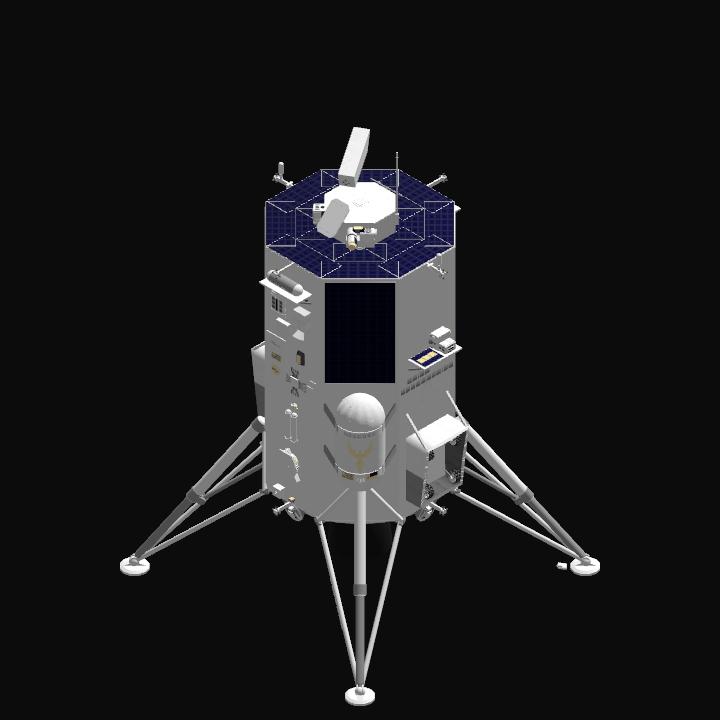
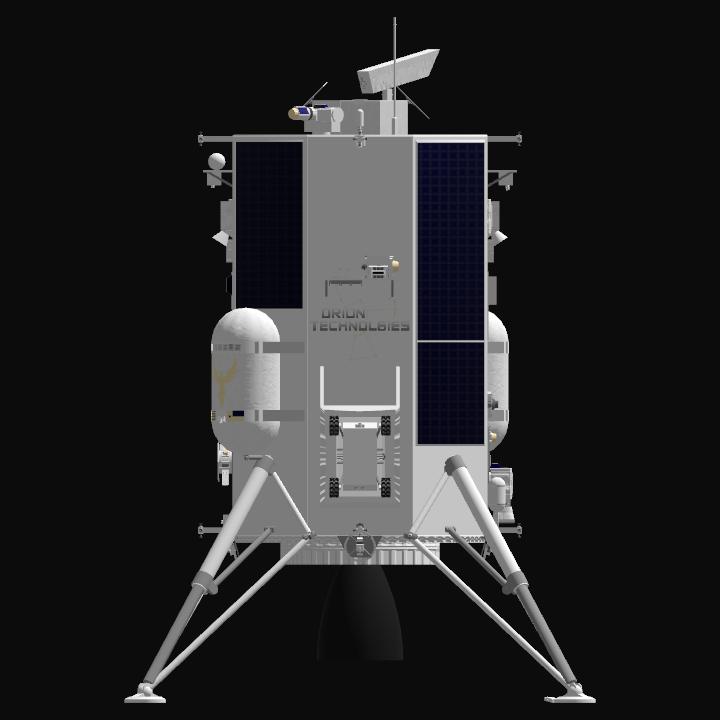
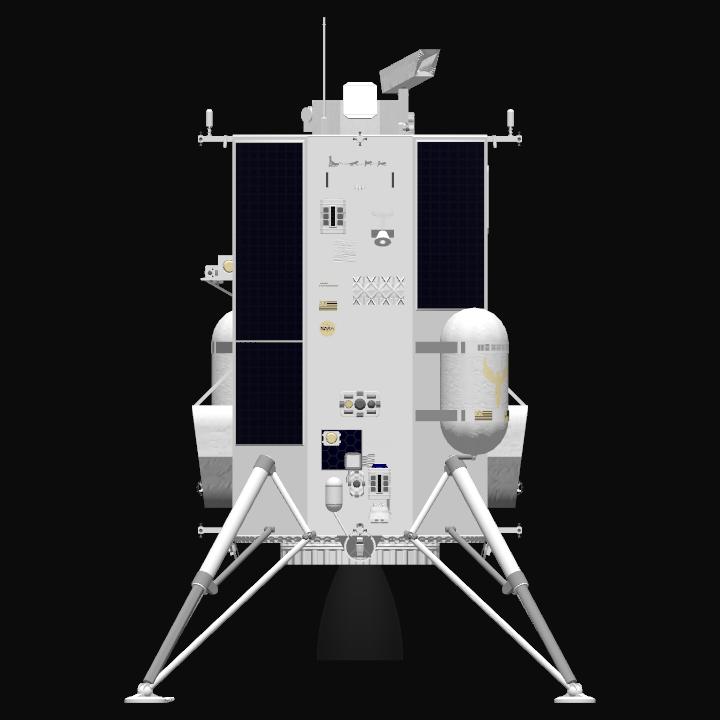
Theseus performed the 3rd planned course correction maneuver at 11:23AM UTC today, the longest and last trajectory correction, setting Theseus up for a nominal Lunar Orbit Insertion on April 9.